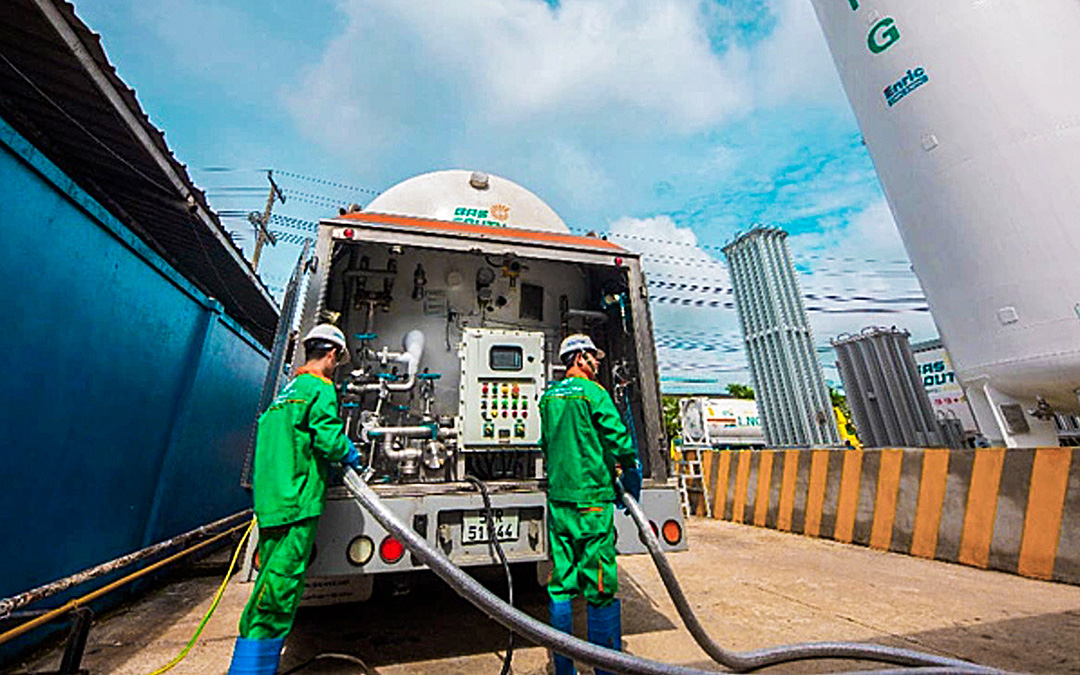
An LNG filling station in Vietnam - Photo archive
A recent study by Wood Mackenzie - a global provider of data, analytics and consulting in the fields of renewable energy, energy and natural resources - shows that Vietnam is facing a rapid increase in demand for gas.
Gas demand is constantly increasing
From current consumption levels, Vietnam's gas demand is forecast to increase by an average of 12% per year and triple by the mid-2030s.
Amid the strong increase in gas demand, Vietnam is also facing many challenges in domestic production. Existing gas fields - mainly in the Southeast region - are entering the depletion stage, leading to a 25% decrease in domestic supply over the past 5 years.
Wood Mackenzie's report forecasts that Vietnam's gas demand will not only increase sharply in the 2030s, but will continue to grow steadily until 2050. The electricity sector is expected to continue to be the largest gas consumer, with 14% of electricity output expected to be supplied from gas by 2030, accounting for the majority of energy demand.
By 2050, the electricity sector will remain the largest consumer of gas to maintain a stable electricity supply for the whole country. This confirms the essential role of gas in the national energy structure.
In addition, the development of industry and fertilizer also contributes greatly to the increasing demand for gas, especially in the context of these industries constantly expanding.
LNG will become the main fuel
“Gas-fired power generation is increasingly needed to limit the possibility of power shortages in the near future,” commented Joshua Ngu, vice president of Wood Mackenzie Asia Pacific .
As coal-fired power generation is constrained in the coming period and renewable energy faces challenges such as intermittent performance and grid constraints, gas and LNG will become the main fuel sources to ensure energy security and promote sustainable economic growth.”
According to Wood Mackenzie experts, the shift to using LNG not only helps maintain stability for the national power system, but also ensures long-term energy security for Vietnam.
Despite rising demand, Vietnam is currently only exposed to the spot LNG market, which poses risks of price volatility and supply shortages.
“The Vietnamese Government ’s approval of the plan to implement the Power Master Plan VIII in May 2023 highlights the importance of LNG power projects, aiming to add 22.4GW of LNG power capacity by 2030,” said Yulin Li, a gas and LNG research expert at Wood Mackenzie.
However, she also said that for Vietnam to fully exploit the potential of gas and LNG, there needs to be a dedicated energy mechanism to focus on energy policy and regulation.
“A strong policy framework is essential to attract investment in midstream and downstream gas infrastructure development,” Ms. Li stressed.
Source: https://tuoitre.vn/nhu-cau-khi-dot-cua-viet-nam-tang-manh-gap-3-lan-vao-2030-20240918090139703.htm





![[Photo] Hanoi morning of October 1: Prolonged flooding, people wade to work](https://vphoto.vietnam.vn/thumb/1200x675/vietnam/resource/IMAGE/2025/10/1/189be28938e3493fa26b2938efa2059e)


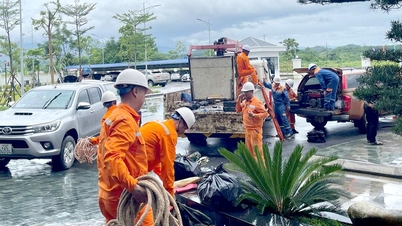

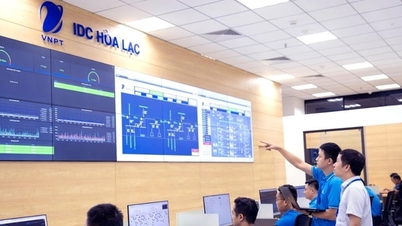

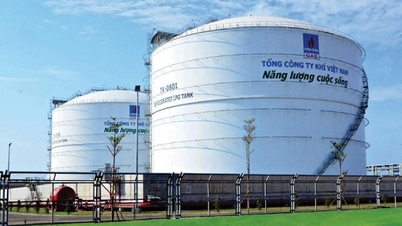





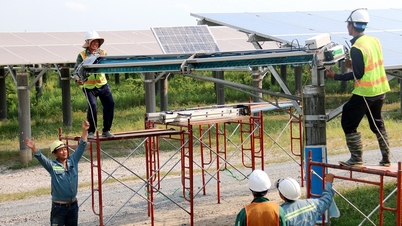


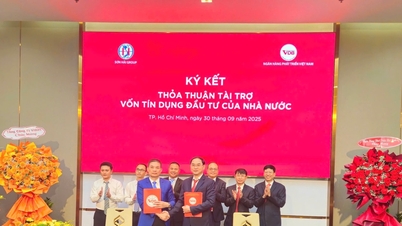





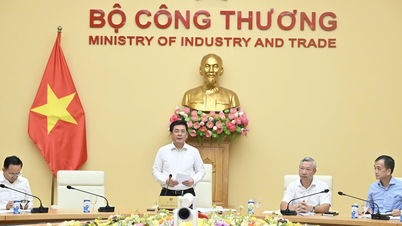







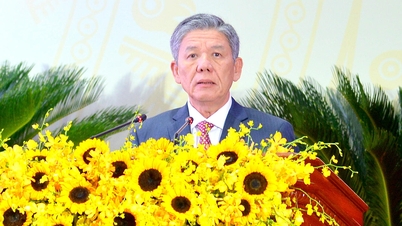



![[Photo] Panorama of the cable-stayed bridge, the final bottleneck of the Ben Luc-Long Thanh expressway](https://vphoto.vietnam.vn/thumb/1200x675/vietnam/resource/IMAGE/2025/9/30/391fdf21025541d6b2f092e49a17243f)



































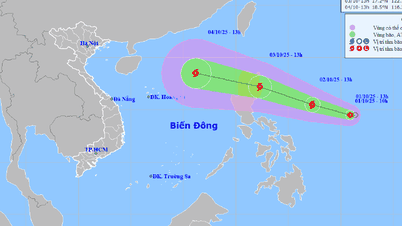

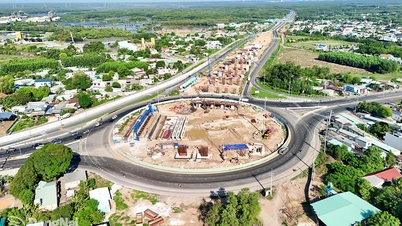

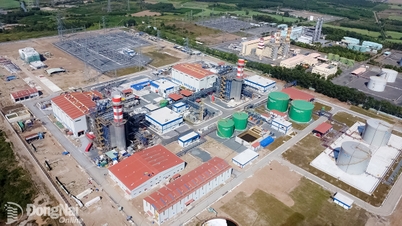


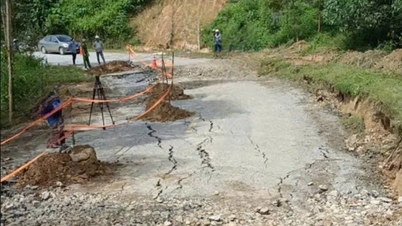














Comment (0)